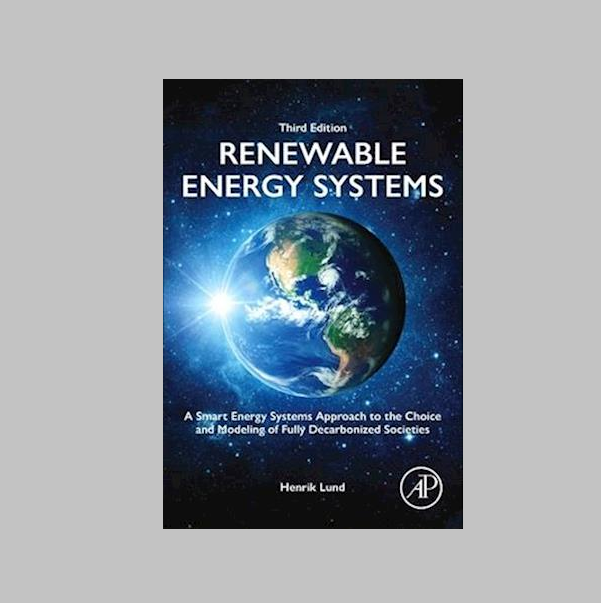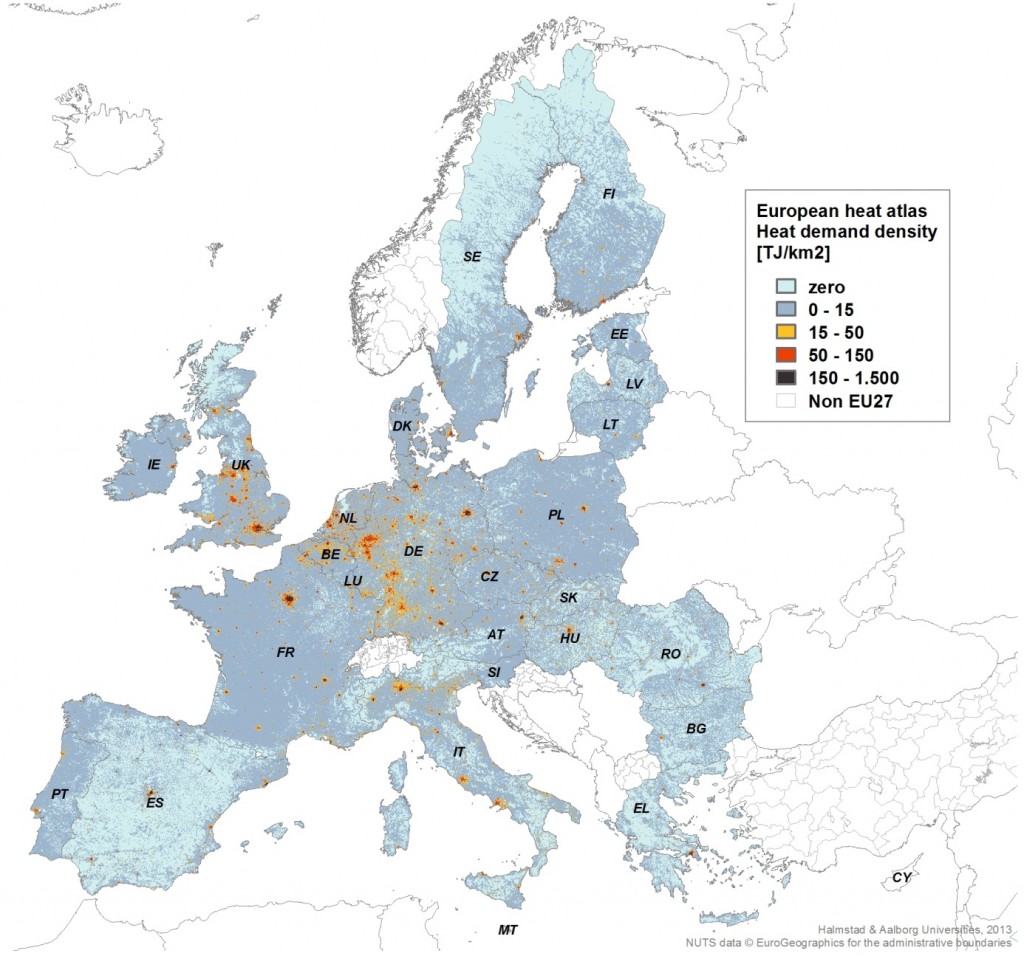Heat Roadmap Europe 3 (HRE3)
Authors:
David Connolly, Brian Vad Mathiesen, Poul Alberg Østergaard, Bernd Möller, Steffen Nielsen, Henrik Lund, Daniel Trier, Urban Persson, Daniel Nilsson, Sven Werner
Heat Roadmap Europe 3 (STRATEGO): Translating the Heat Roadmap Europe Methodology to Member State Level
Heat Roadmap Europe 3 is from work package 2 of the STRATEGO project (http://stratego-project.eu/). It quantifies the impact of implementing various energy efficiency measures in the heating and cooling sectors of five EU Member States: Czech Republic, Croatia, Italy, Romania, and the United Kingdom. These countries vary considerably in terms of population, climate, resources, and energy supply, so the key results, conclusions, and recommendations presented in this report can inform national energy policy across all of Europe. The results from this study indicate that a total investment of approximately €1.1 trillion in energy efficiency measures across all five of these countries, between 2010 and 2050, will save enough fuel to reduce the costs of their energy systems. After considering both the initial investment and the resulting savings, the total annual cost of the heating, cooling, and electricity sectors is reduced by an average of ~15% in each country. These initial investments are primarily required in heat savings for the buildings, district heating in urban areas, and electric heat pumps in rural areas. In essence, energy efficiency measures in the heating sector will enable EU Member States to simultaneously reduce energy demand, imported fossil fuels, carbon dioxide emissions, and the cost of the heating, cooling, and electricity sectors.
Heat Roadmap Europe 2: Second Pre-Study for the EU27
Download the 2nd Study and SlideShow
Many strategies have already been proposed for the decarbonisation of the EU energy system by the year 2050. These typically focus on the expansion of renewable energy in the electricity sector and subsequently, electrifying both the heat and transport sectors as much as possible. In these strategies, the role of district heating has never been fully explored system, nor have the benefits of district heating been quantified at the EU level. This study combines the mapping of local heat demands and local heat supplies across the EU27. Using this local knowledge, new district heating potentials are identified and then, the EU27 energy system is modelled to investigate the impact of district heating. The results indicate that a combination of heat savings, district heating in urban areas, and individual heat pumps in rural areas will enable the EU27 to reach its greenhouse gas emission targets by 2050, but at a cheaper price than a scenario which focuses primarily on the implementation of heat savings.
Heat Roadmap Europe 1: First Pre-Study for the EU27
Heat Roadmap Europe (Pre-study 1) investigates the role of district heating in the EU27 energy system by mapping local conditions across Europe, identifying the potential for district heating expansion, and subsequently simulating the potential resource in an hourly model of the EU27 energy system. In 2010, approximately 12% of the space heating demand in Europe is met by district heating, but in this study four alternative scenarios are considered for the EU27 energy system:
- 2010 with 30% district heating
- 2010 with 50% district heating
- 2030 with 30% district heating
- 2050 with 50% district heating
These scenarios are investigated in two steps. Firstly, district heating replaces individual boilers by converting condensing power plants to combined heat and power plants (CHP) to illustrate how district heating improves the overall efficiency of the energy system. In the second step, additional resources are utilised for heat in the district heating network that would otherwise be wasted such as surplus industrial heat, waste incineration, large-scale solar thermal, and geothermal. In all scenarios considered, the results indicate that in the current (2010) and future (2030/2050) EU27 energy system, district heating will improve the overall efficiency of the energy system, reduce imported fossil fuel consumption, reduce carbon dioxide emissions, reduce the costs of the energy system (by €14 billion/year in 2050), and also creating more jobs in the EU27 since money will be invested in infrastructure instead of imported fossil fuels (approximately 220,000 additional jobs in 2050).
Contact
If you experience further challenges using the model that are not answered in any one of pages at the site, you are more than welcome to contact us and we will try to help you.
Email us hereBook, 3rd Edition out now

3rd Edition Renewable Energy Systems – A Smart Energy Systems Approach to the Choice and Modeling of Fully Decarbonized Societies
By Professor Henrik Lund
List price: USD 100.00 / GBP 76.76 / EUR 87.20
Buy here

